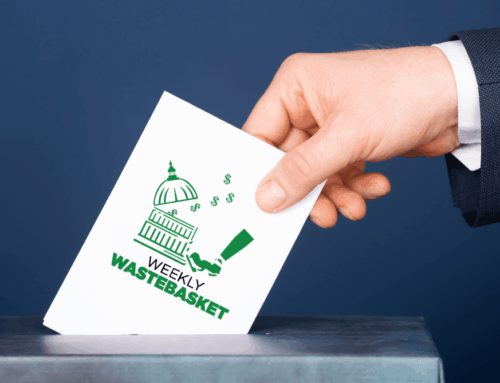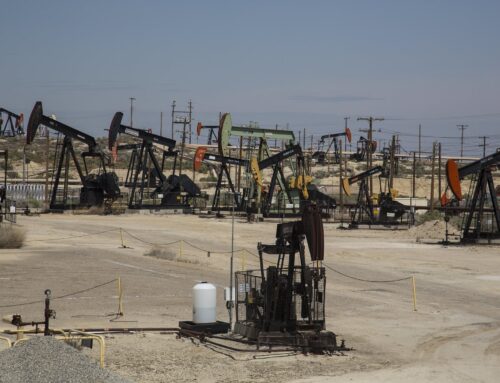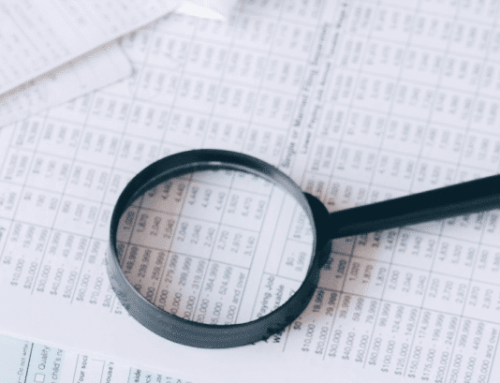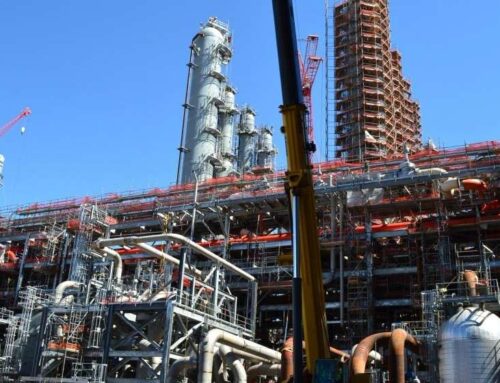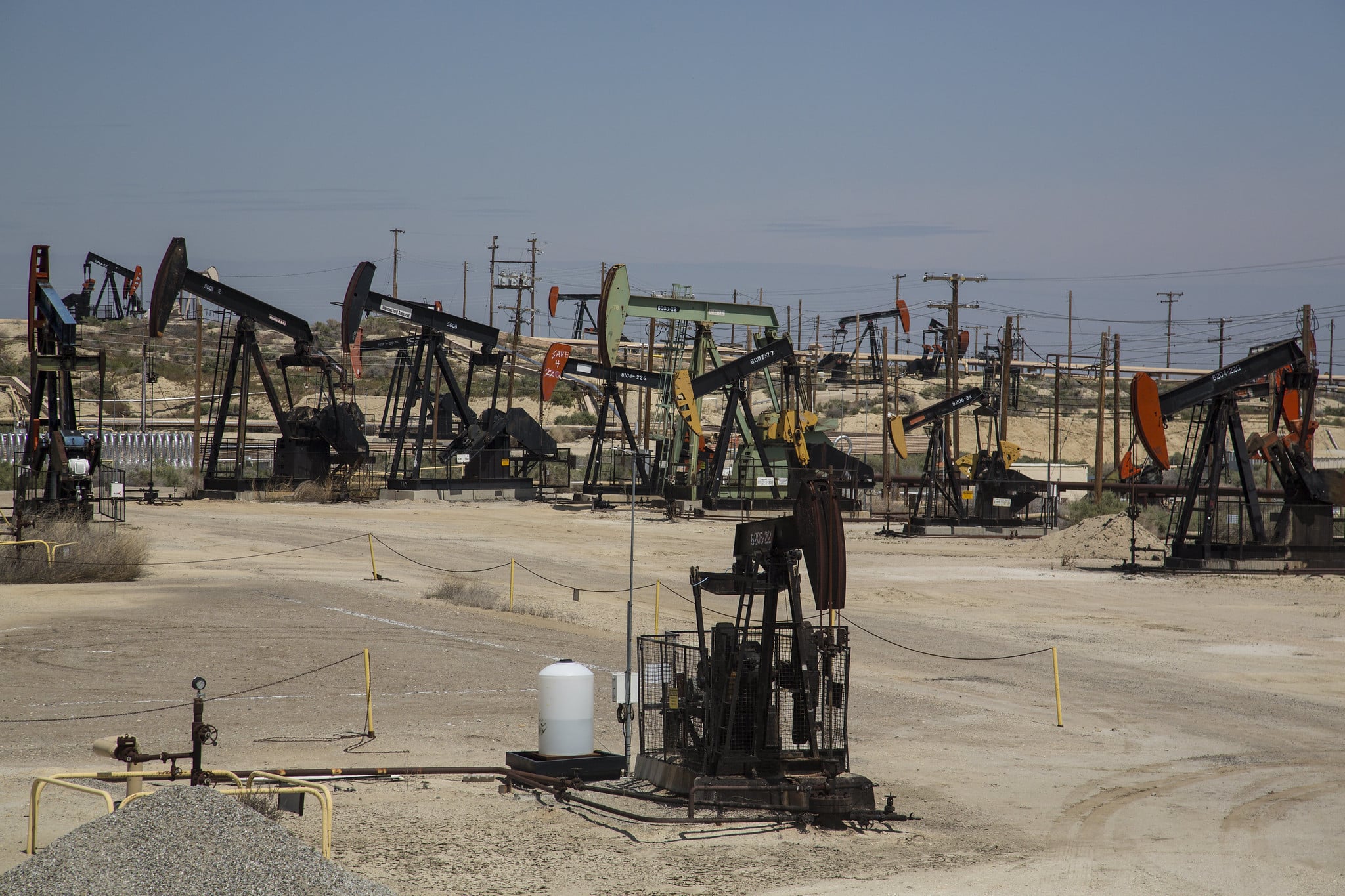The Great Plains Gold Rush is on. Fueled by government mandates and taxpayer subsidies for ethanol, the U.S. Department of Agriculture forecasts that U.S. farmers will plant more corn this year than any time since 1944. Farmers are ditching crop rotations, spreading more fertilizer, gulping more water, and planning to store more corn in the hopes that government’s new “golden child” of energy production, corn-based ethanol, will continue to push prices ever higher. Some think corn may reach $5 a bushel in the near future, where the same bushel recently brought closer to $2. (High corn prices mean lower farm subsidies, which could be locked in through farm subsidy reform in Congress. But that’s a whole other discussion.)
Ethanol first came to prominence in the oil shock days of the 1970s when agrigiant Archer Daniels Midland promoted it as an emissions-reducing fuel additive. They lost that fight to another government-picked loser known as MTBE, which turned out to be a groundwater contaminant. Now, with MTBE being phased out, King Corn’s ethanol taps are flowing freely. The problem? Corn-ethanol is expensive, it’s not a particularly efficient fuel additive, and it has little impact on oil consumption.
Uncle Sam to the rescue! The feds have done plenty to fuel the current ethanol boom—from a 51 cent per gallon tax credit to oil refiners for blending gasoline with ethanol, to a 54 cent per gallon tariff that largely prevents “foreign” ethanol from being imported, to a mandate that millions of gallons of ethanol be mixed with gasoline. Local and state governments chip in their share as well. In one example of such “subsidy stacking”, 60 percent of the capital costs of an ethanol plant in Harrison County, Ohio were paid for by local, state, and federal tax dollars. A Purdue University economist documented an Illinois ethanol plant that will be paid for with public dollars in just three years, the result of the federal excise tax credit alone. Take away all these subsidies and dictates, however, and the only folks producing corn ethanol would be the moonshiners.
This Uncle Sam-created boondoggle costs taxpayers around $6 billion a year in tax dollar transfers to oil refiners. The price-tag is expected to rise to over $8 billion a year when current mandates for ethanol-fuel blends are met and exceeded. If we were to do away with the excise tax credit and the import tariff, domestic ethanol would cost about 18 percent less than it currently does. And don’t swallow the argument that ethanol is going to save us from “foreign oil” – University of Minnesota researchers estimate that converting the entire U.S. corn crop into ethanol would reduce net fossil fuel use by only 2.4 percent.
With all this money flying around, it’s no wonder that the ethanol refining boom is sweeping across the country. The dramatic increase in refining capacity in Iowa alone has led two University of Minnesota economists and an Iowa State economist to predict that Iowa will soon be a net importer of corn. And yet, the irrational exuberance about ethanol has all the classic markings of an investment bubble. Agriculture has always been a boom and bust business; same with the oil and gas industry. Ethanol has brought both of these together, making for a bigger boom, and eventually, a bigger bust. We can hear the cries for a federal bailout already.
Some say that corn-ethanol is just an intermediate step in the “transition” to the emerging next generation (but not yet proven) — cellulosic ethanol. Taxpayers watch your wallets. We see the future: corporate agribusiness will be swilling ethanol bailouts and subsidies with both hands, leaving taxpayers to deal with the fiscal hangover.

